The AMD Radeon R9 380X Review, Feat. ASUS STRIX
by Ryan Smith on November 23, 2015 8:30 AM EST- Posted in
- GPUs
- AMD
- Radeon
- Asus
- Radeon 300
Meet the ASUS STRIX R9 380X OC
For the launch of the Radeon R9 380X AMD sampled us with ASUS’s STRIX R9 380X OC. Arguably the highest-end of the R9 380X launch cards, the STRIX R9 380X OC comes with a factory overclock tied for the largest of any R9 380X and a further optional overclock for $259.
| Radeon R9 380X Cards | ||||
| ASUS STRIX R9 380X OC | Reference R9 380X | |||
| Boost Clock | 1030MHz / 1050MHz (GPUTweak OC) |
970MHz | ||
| Memory Clock | 5.7Gbps GDDR5 | 5.7Gbps GDDR5 | ||
| VRAM | 4GB | 4GB | ||
| Length | 10.75" | N/A | ||
| Width | Double Slot | N/A | ||
| Cooler Type | Open Air | N/A | ||
| Price | $259 | $229 | ||
The STRIX R9 380X is the latest entry in ASUS’s popular STRIX family of cards. At one point STRIX was ASUS’s brand for upscale video cards, occupying a slot between their standard cards and their high-end Republic of Gamers cards, but at this point with the majority of ASUS’s cards falling under the STRIX branding, it arguably has transformed into what is their de facto mainstream lineup of video cards.
The STRIX R9 380X OC ships at 1030MHz for the core clock, a 60MHz (6%) boost over the reference R9 380X. On top of that ASUS offers a pre-programmed 1050MHz mode via their GPU Tweak software, though a further 20MHz overclock is going to be pretty small in the long-run. Otherwise ASUS only touches the GPU clockspeed, leaving the memory clock at AMD’s default of 5.7Gbps. Out of the box, the STRIX R9 380X OC is going to be around 4% faster than a reference R9 380X card.
Like the other STRIX cards we’ve looked at this year, ASUS has been focusing on workmanship and a common visual theme for these cards. The STRIX R9 380X OC features a version of one of ASUS’s DirectCU II coolers, combining an oversized fan assembly with a 3 heatpipe heatsink assembly. The fan assembly in turn uses a pair of the company’s “wing-blade” fans, each measuring 94mm in diameter and giving the fan assembly its overall large size.
As is usually the case on ASUS cards, the STRIX R9 380X OC implements ASUS’s variation of zero fan speed idle technology, which the company calls 0dB Fan technology. While ASUS is no longer the only partner shipping zero fan speed idle cards, they are still one of the most consistent users of the technology, and surprisingly we still don’t see this in every open air card released on the market.
Sitting below the fan assembly, the DirectCU heatsink being used in ASUS’s 380X card is a typical tri-pipe configuration. The aluminum heatsink runs virtually the entire length of the card – and past the PCB – with a pair of 8mm heatpipes and a 10mm heatpipe providing additional heat transfer between the Tonga GPU and the rest of the heatsink. ASUS’s design doesn’t make contact with anything other than the GPU – so the GDDR5 RAM chips sit uncovered – with the airflow coming through the heatsink being sufficient to cool those chips.
Moving on to the PCB, ASUS has implemented their standard Super Alloy family of MOSFETs, capacitors, and chokes. ASUS uses an 8 phase VRM system here, taking advantage of the already oversized fan assembly to allow them to use a slightly taller than normal PCB to fit all of the power phases.
Flipping over to the back side of the card, we find a full-size backplate running the length of the card. There are no critical components on the back of the card, so while the backplate doesn’t provide any cooling it does serve to protect the card and reinforce it against bending. To that end a small lip extends past the backplate and meets up with the heatsink, preventing the heatsink from flexing towards the board. Small details such as these are why the STRIX cards have consistently been the most solid of the custom cards to make it through our hands this year, as the card is well-supported and isn't free to warp or bend.
Looking at the back we can also see the two 6-pin power connectors used to supply additional power to the card, along with the red and white power LEDs for each connector. Like some of their other cards, ASUS has flipped the PCIe power connectors so that the clip is on the back side of the card, keeping the clip clear of the heatsink and making it easier to plug and unplug the card. On a side note, I suspect this will be one of the last cards we review with two 6-pin connectors rather than a single 8-pin connector. Though electrically equivalent (150W), we’re already seeing cards like the R9 Nano shipping with the single 8-pin connector, and dual 6-pin connector cards will become increasingly rare.
As for Display I/O, ASUS is using a rather typical 1x DL-DVI-I, 1x DL-DVI-D, 1x DisplayPort, 1x HDMI port configuration. Multiple DVI ports, though not in any way petite, have been a common fixture on sub-$250 cards this generation and will likely remain that way for some time to come due to slower adoption of newer display I/O standards in the APAC market, which only recently has finally seen analog VGA phased out.
Finally, on the software front, the STRIX R9 380X OC includes ASUS’s GPU Tweak II software. The software hasn’t significantly changed since we last looked at it in July, offering the basic overclocking and monitoring functions one would expect from a good overclocking software package. GPU Tweak II allows control over clockspeeds, fan speeds, and power targets, while also monitoring all of these features and more.
Wrapping things up, as briefly mentioned earlier the STRIX R9 380X OC is the most expensive of the R9 380X launch cards. ASUS is charging a $30 premium for the card over AMD’s reference MSRP, putting the price at $259. Premium, factory overclocked cards aren’t anything new, but it does mean ASUS is in a bit of a precarious spot since the much more powerful Radeon R9 390 cards start at $289, meaning the premium price further amplifies the spoiler effect of the R9 390.


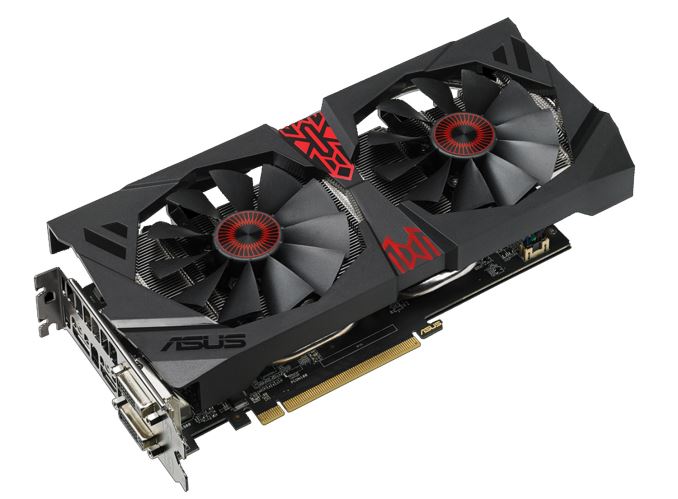
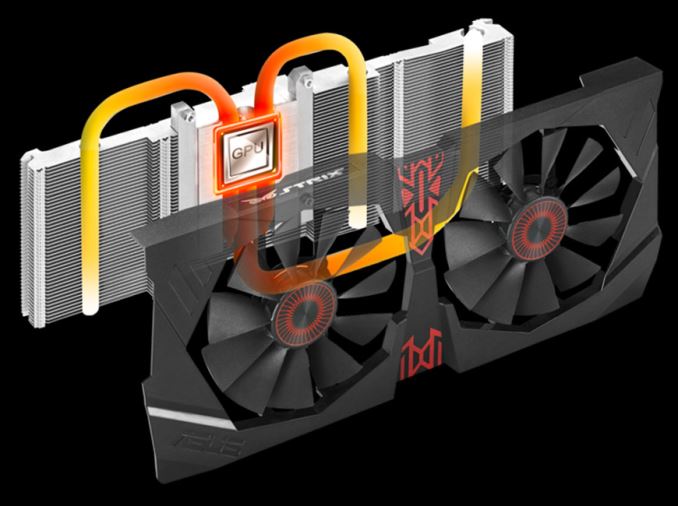
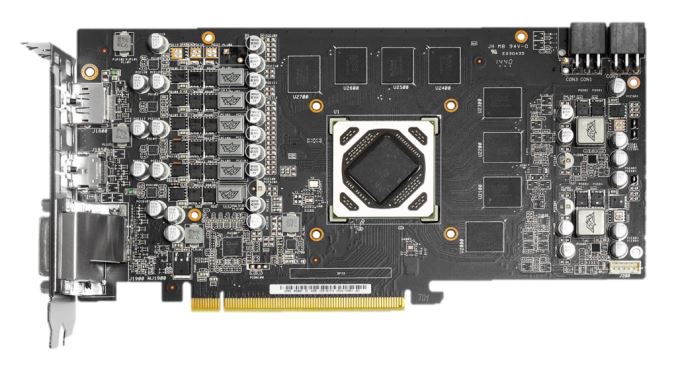
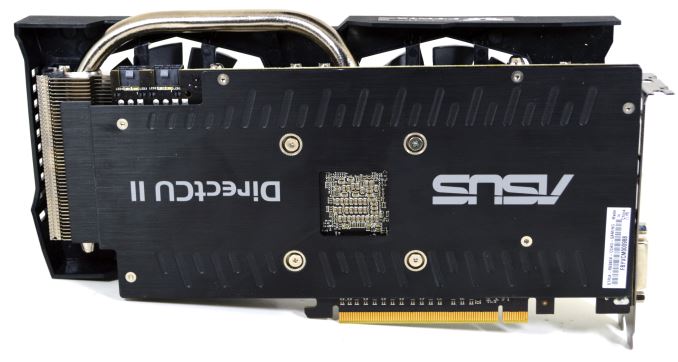

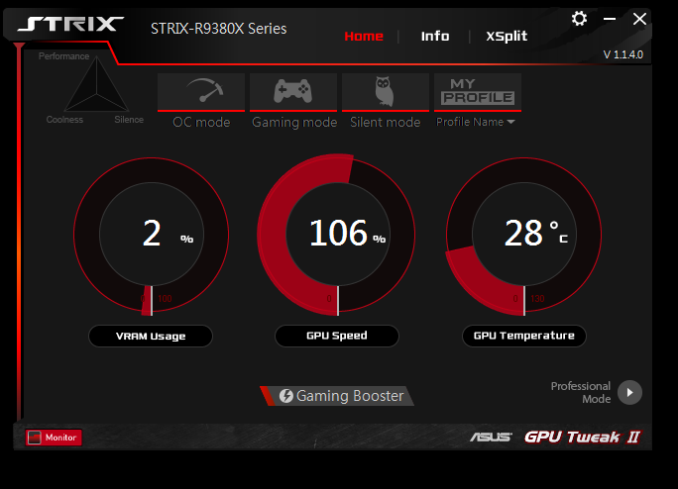








101 Comments
View All Comments
funkforce - Monday, November 23, 2015 - link
Haha, funny you should ask that...Check the comments...
January 2015
http://www.anandtech.com/show/8923/nvidia-launches...
http://www.anandtech.com/show/9547/nvidia-launches...
http://www.anandtech.com/comments/9390/the-amd-rad...
"jeffrey - Thursday, July 02, 2015 - link
Ryan Smith, any update on GTX 960
REPLY
Ryan Smith - Thursday, July 02, 2015 - link
As soon as Fury is out of the way. "
http://www.anandtech.com/comments/9621/the-amd-rad...
extide - Monday, November 23, 2015 - link
Looks like you missed a comment, because there was one at one point that said that there will not be a 960 review. I don't have a direct link to it because I'm not obsessed with the topic, but yeah, it was said.funkforce - Monday, November 23, 2015 - link
You're right, I don't know when that was said. I waited months for that review, because I trust the unbiased reviews here and wanted to buy a new graphics card based on info I could count on.And I just really don't like when you keep promising things, stringing your readers on, and then never delivering. I don't care if the review gets posted, it's just how it was handled. I've been raised that a person's word means something (he told me personally on twitter that he would do it). And I'm sure you could go on that this is the internet etc. but when you've been reading a site since it's start, it's content means something, at least to me. I guess it's why we're all here to some extent. If you go back on your word, then you should at least let ppl. know, a bit more officially, than in a comment section of, I would assume, another article.
Samus - Monday, November 23, 2015 - link
The problem with reviewing the GTX960 is the drivers have been optimizing around improving its performance all year, and every single card performs so different. The GTX960 overclocks incredibly well, some people hit 1400MHz is the board has the right power configuration. This is why you hear people talk about the GTX960 completely trumping the R9 28x/38x's when in reality, both GPU's give and take blows in various games at stock.But when overclocked, the GTX960 is a bit faster than an overclocked R9 28x/38x. I think this causes a lot of reviewers to tip-toe around these cards. And when you consider a GTX960 with 4GB is over $200 and a GTX970 with 4GB (er technically 3.5GB) is $260-$280 after rebate, it becomes muddled.
OrphanageExplosion - Tuesday, November 24, 2015 - link
I own the GTX 960. Mine hits 1450MHz easily. I think they all do because temps and power consumption barely budge. I also own the R9 380 in 4GB configuration.Drivers have barely improved the 960 performance and the 380 is faster in almost every game I own. Overclocking gets the 960 to parity, or slightly better to a small extent where you can't really tell the difference.
Of the two I'd take the 960 simply due to the efficiency, but driver updates have really made no difference to anything other than the games they were optimised for. Library titles have seen no improvement.
dananski - Monday, November 23, 2015 - link
I also waited a while, checking the site often. I think I spotted some 960 benchmarks slipped into some analysis article on here many months later, but no post to say they'd been done, let alone a full review.It's not just the graphics section either. I really don't get why there are so many announcements and so few reviews on here these days. It's a shame because reviews like this one here are the reason I like AnandTech so much.
olivaw - Monday, November 23, 2015 - link
I wanted the GTX 960 reviewed because it seems to be pretty good for an HTPC, since the power consumption is lower than most chips. I know the card is good, but I wanted an AnandTech review :)drwhoglius - Monday, November 23, 2015 - link
From Steam Hardware Survey http://store.steampowered.com/hwsurvey/directx/October 2015 results
GTX 970 3.80%
GTX 960 2.16%
R9 200 Series 1.06%
R9 300 Series not yet measurable (or too new to be measured as GTX 950 isn't measured either)
Tikcus9666 - Monday, November 23, 2015 - link
Power difference is irrelevant in desktop PC's a 75W difference... 20 hours of usage at Full load is ~20p in the UKa 1000 hours of gaming (a years worth?) for an extra £10
This does not factor in some of this usage is in Winter months, so the extra heat generated reduces the amount of heat required from other sources, thus reducing other heating costs
jasonelmore - Monday, November 23, 2015 - link
what about idle power consumption? which uses 24/7 365 days.it can add up